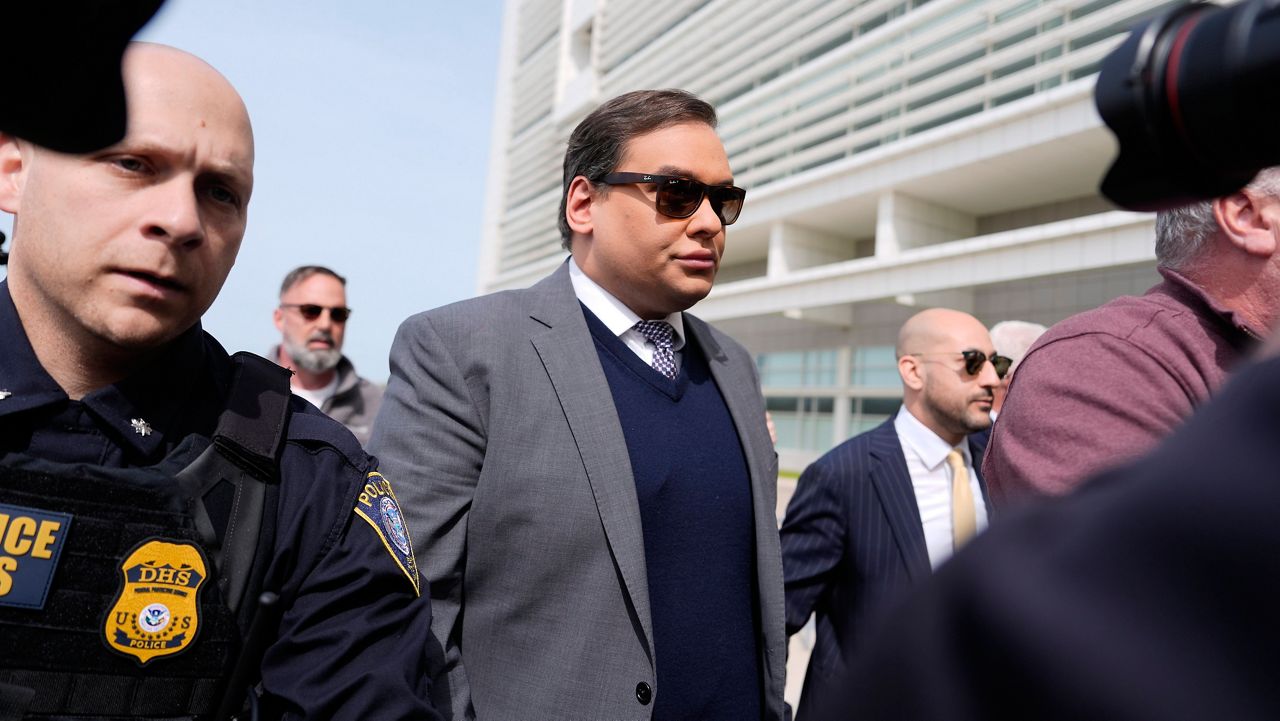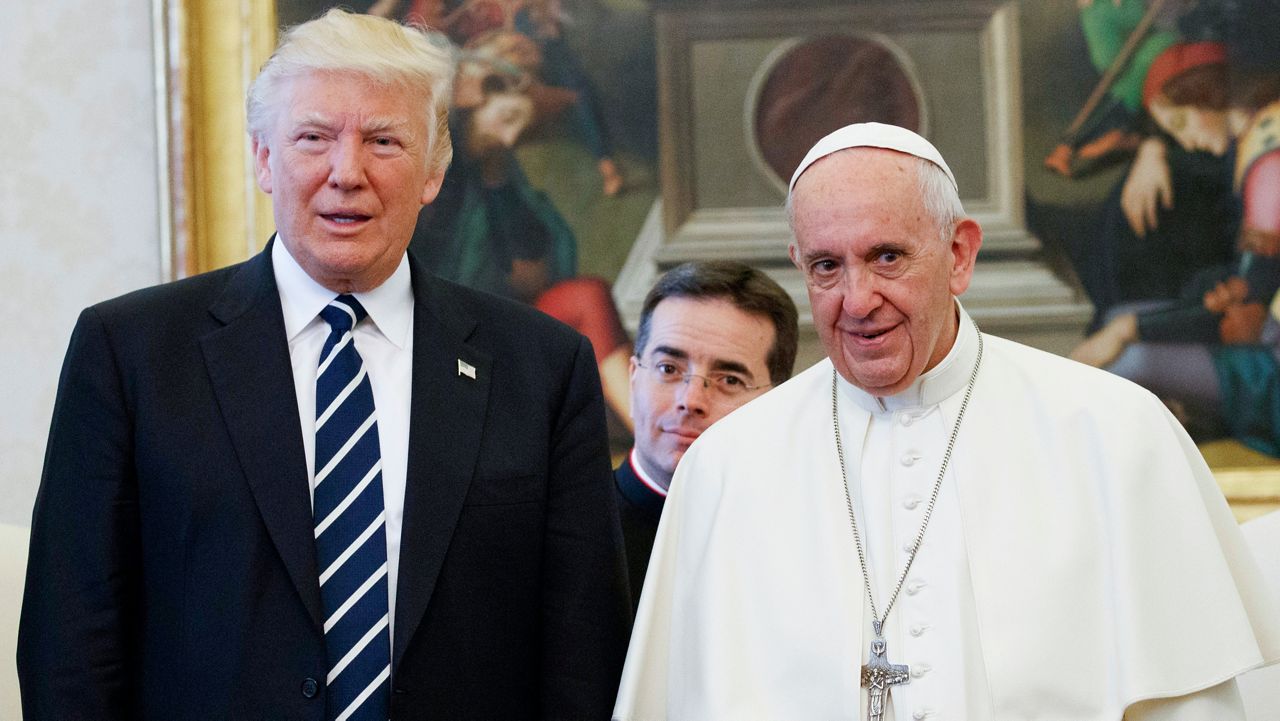President Donald Trump has called “tariff” the “most beautiful word” in the dictionary.
Tariffs, which are essentially taxes paid by importers with the costs often passed along to consumers, have been in the government’s toolbox since America’s founding. The goal, in part: make foreign products more expensive compared to U.S. goods.
What You Need To Know
- Tariffs, which are essentially taxes paid by importers with the costs often passed along to consumers, have been in the government’s toolbox since America’s founding
- The goal, in part: make foreign products more expensive compared to U.S. goods
- But President Donald Trump’s policy of imposing large tariffs on most imports breaks with recent precedent, and is shaking economies across the globe
But Trump’s policy of imposing large tariffs on most imports breaks with recent precedent, and is shaking economies across the globe.
“Obviously, there's going to be a little bit of a short-term volatility in the market,” Rep. Mike Lawler, a Hudson Valley Republican, told reporters Tuesday. “We need to make sure that these [trade] agreements get done quickly.”
“I think folks are concerned with the unilateral nature of this,” Bronx Democratic Rep. Alexandria Ocasio-Cortez said.
Tariffs were first imposed under America’s first president, George Washington, says Douglas Irwin, a professor of economics at Dartmouth College.
“We had foreign debts to pay. We had to start up a new government. And so we were desperate for revenue,” Irwin said. “Taxing imports was the most efficient way of raising that money.”
In part to protect domestic industry, tariffs were subsequently deployed at varying levels across the 19th century, Irwin says, sometimes sparking political blowback.
For instance, in 1890, Congress passed duties of up to 50% on certain goods — a plan pushed by then-Rep. William McKinley, who would go on to become president and a model for Trump.
“It led to an electoral disaster for the Republicans,” Irwin said. “They were thrown out of Congress in the midterm election of 1890 because it wasn't very popular.”
At the start of the 20th century, the income tax was introduced, and the government began to wean itself off tariffs for revenue.
That said, the tariffs were notably hiked at the beginning of the Great Depression. The so-called Smoot-Hawley Tariff Act was rolled out to help protect American manufacturers and farmers. However, it plunged the U.S. deeper into the Depression.
“After the Great Depression, and certainly after World War II, the U.S. has had a policy of reciprocity, by which we mean that we're willing to move our tariff to low levels if you — the other country — is willing to open up your market and lower tariffs as well,” Irwin said.
It is that system that Trump has long argued is a bad deal for the U.S., and that he now wants to blow up.
The president’s tariff policies not only break with recent U.S. history. They also break with his first term, when the tariffs he imposed were arguably more focused, homing in on steel and China, and his efforts to renegotiate the North American Free Trade Agreement, or NAFTA.










